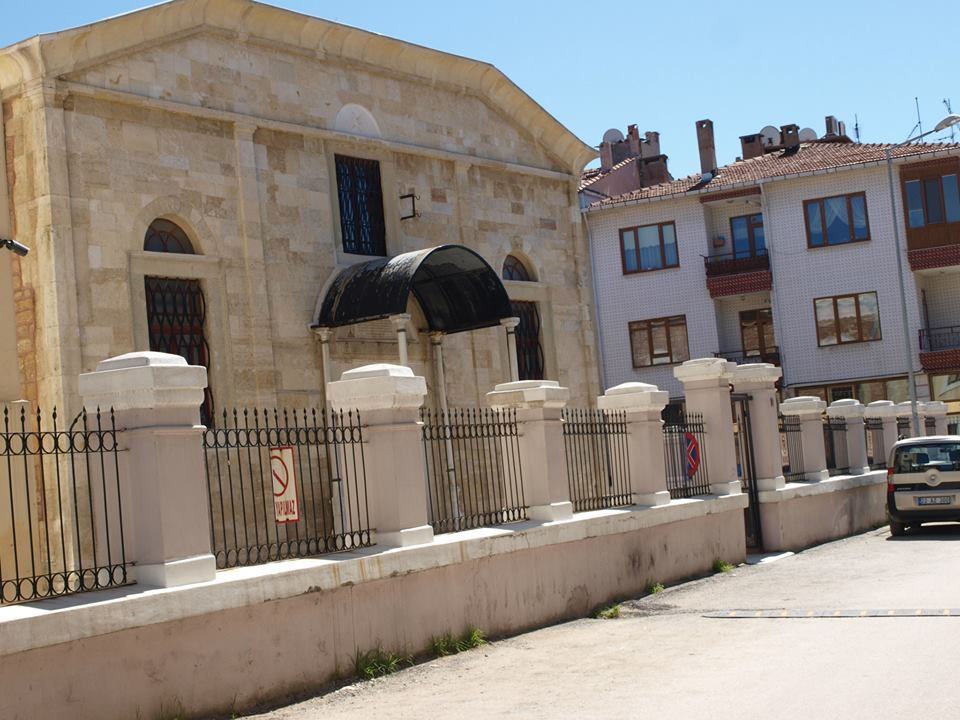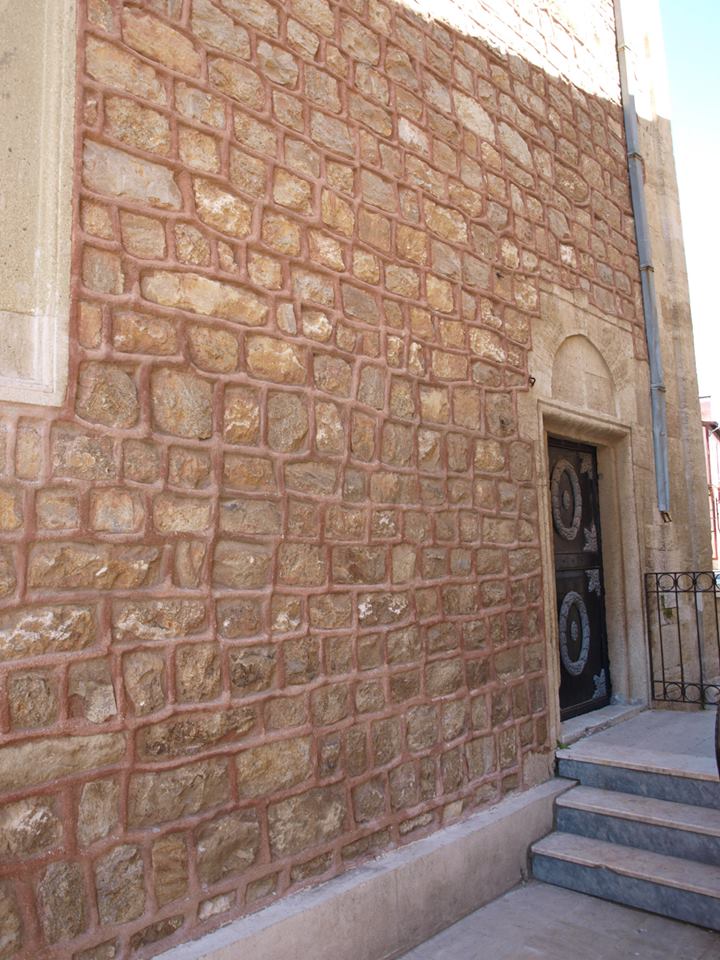The former Italian Catholic Church of Andrinople / Edirne is located in Kaleiçi district and has been standing since the mid-19th century. The church was planned as a rectangular basilica with rubble stone and bricks construction. The basilica with three aisles is covered with a timber roof. The annexe of the building has rectangular windows surrounding the four sides. The church was restored by the Governor of Edirne. Today the church is used as a multi-purpose hall of a school. Images courtesy of Franziska Schleyer, 2014.
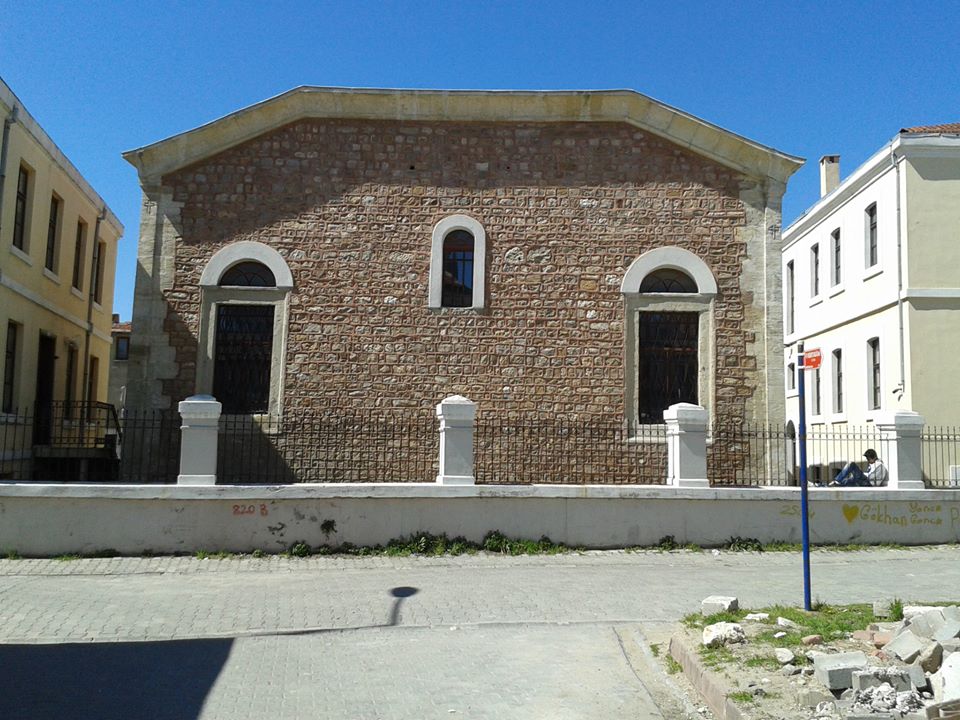
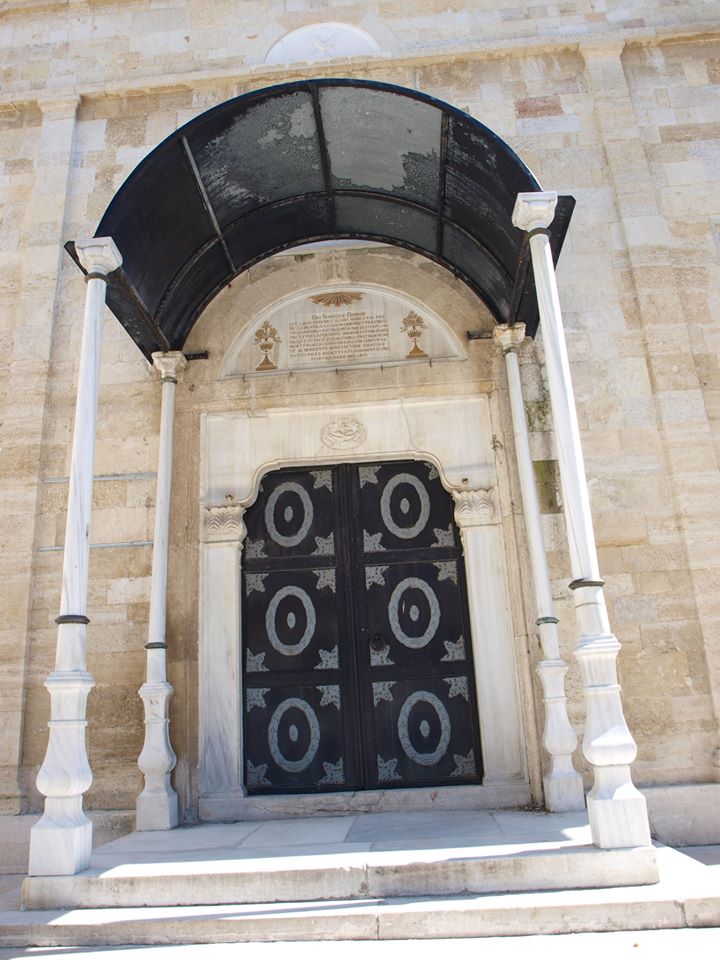
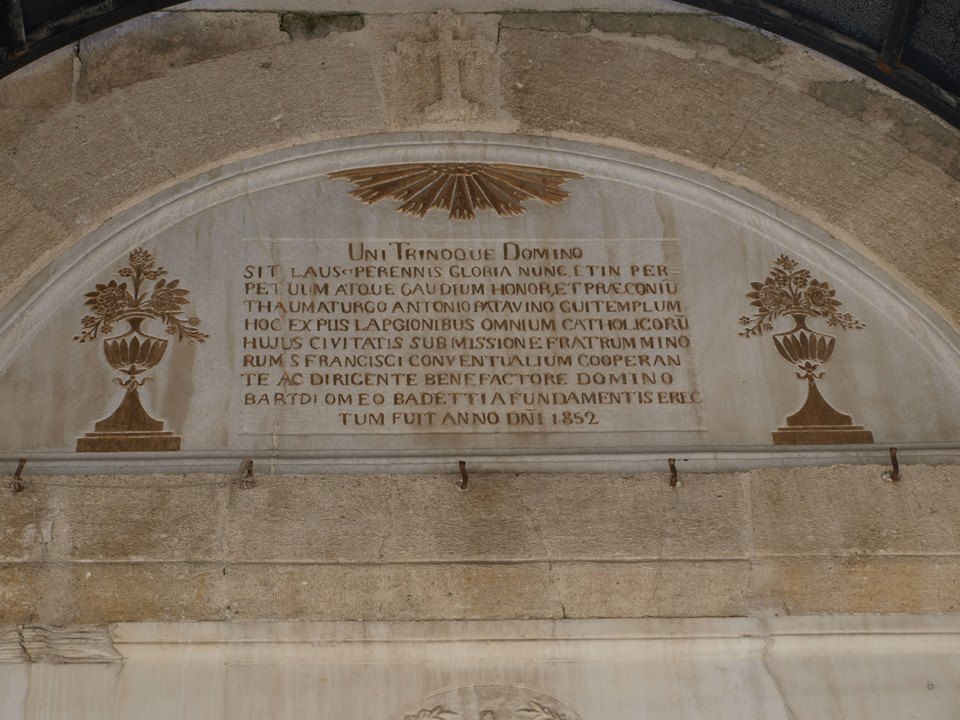
The Latin text translates (courtesy of Guido Buldrini): To the [Holy] Trinity One Lord shall be praised and everlasting glory now and in eternal and exultation, honour and laudation to the miraculous St Anthony from Padua to whom this temple - with pious donations of all the Catholics of this city, on the initiative of the Minor Conventual [living in convent] Friars of St. Francis and with cooperation and direction of the benefactor Mr. Bartolomeo Badetti – was built from foundations in the year of the Lord 1852. - more on the Badetti family:
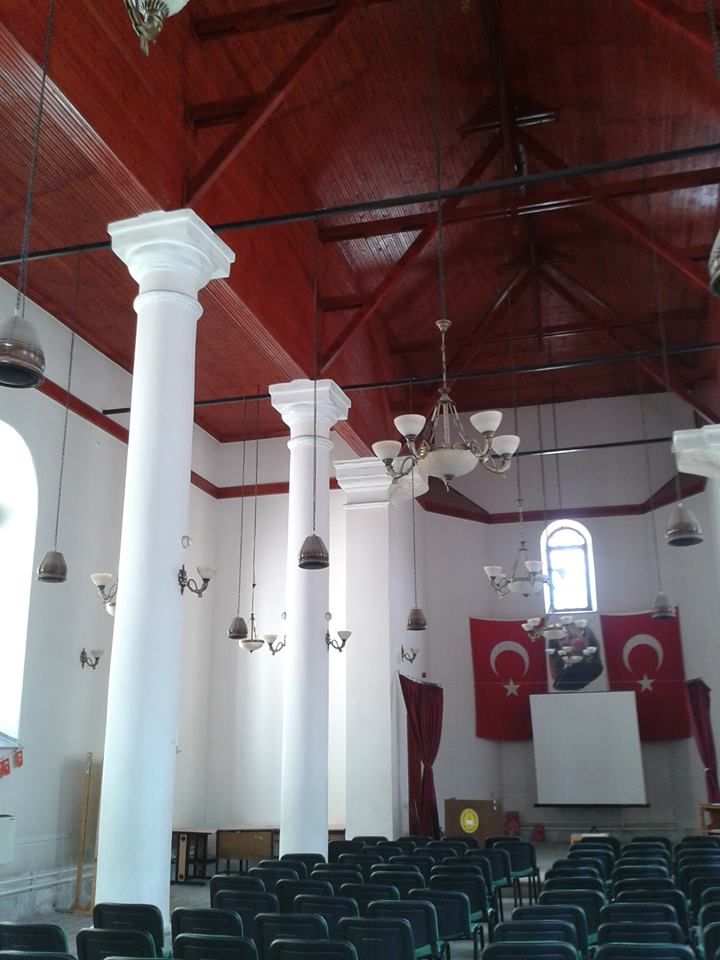
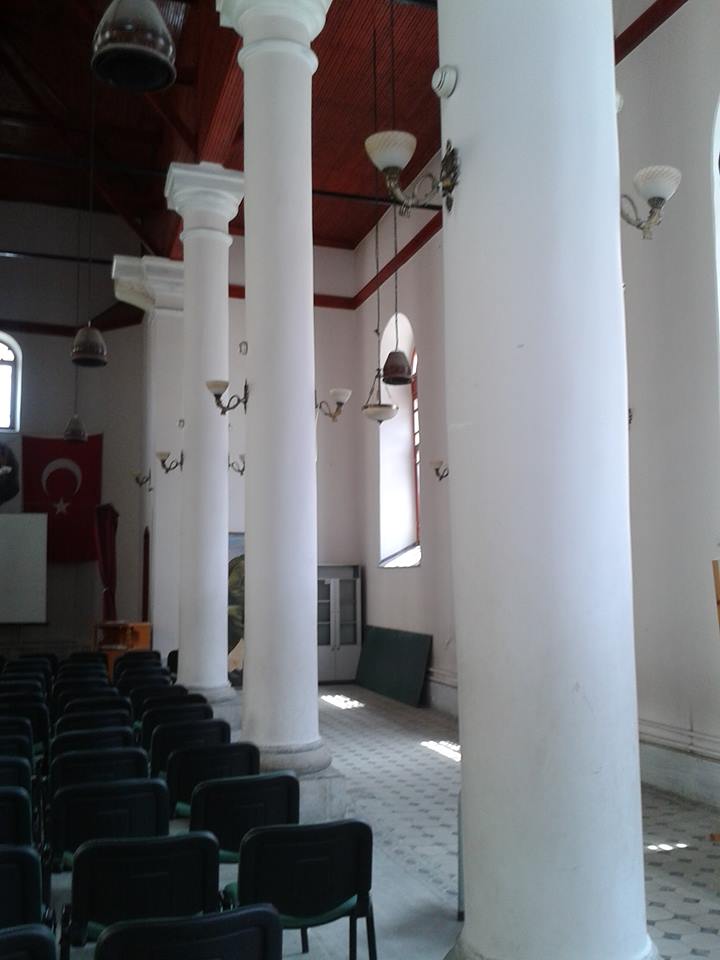
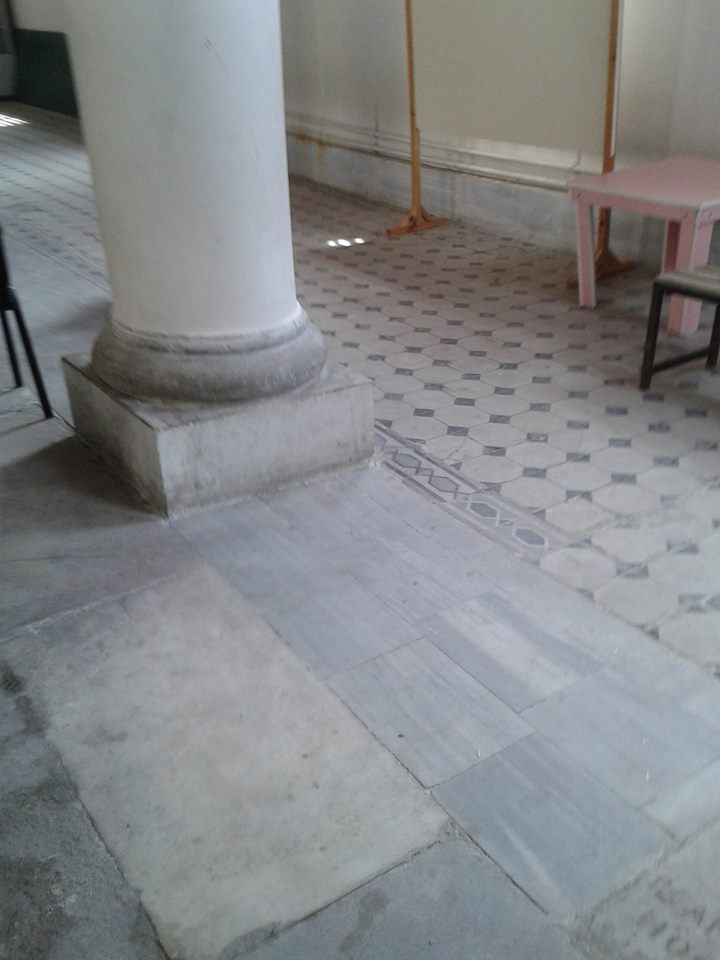
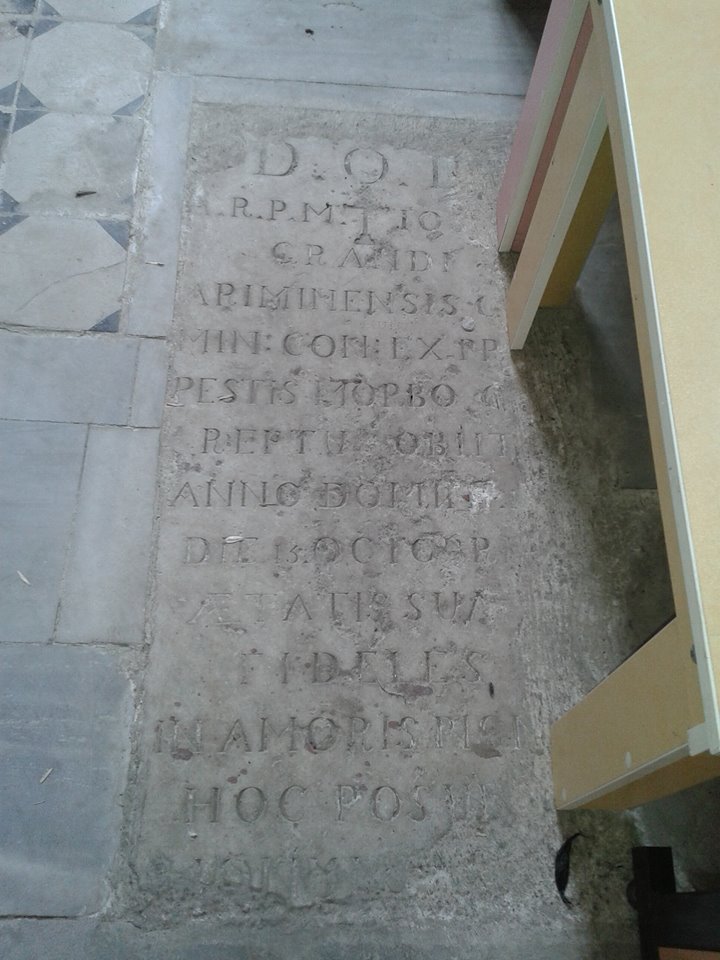
Partly legible caption transcribed and translated by Guido Buldrini, 2023:
Deo Optimo Maximo / Ad Rei Perpetuam Memoriam † IOannes / GRANDI / ARIMINENSIS C[ivis?] / MIN[arum?] CON[structor?] / EX Publica Pecunia / PESTIS MORBO __ / REPTUS OBIIT / ANNO DOMI[n]I __ / DIE 13 OCTOBR[is] / AETATIS SUAE __ / FIDELES / IN AMORIS PIGN[o] / HOC POSUE[runt] / ???
To God, most good, most great / For perpetual memory of the matter † John / Grandi / citizen of Rimini / tunnel builder with public money / died taken away ↔ by the disease of the plague ? / in the year of the Lord ? / on the day 13 of October / ? ? of his age / The loyal followers / as a token of love / placed this [stone] / ???
Notes – “reptus” is usually “raptus”, 13 can be 15.
A very interesting tombstone. It seems the one of Johannes Grandi, a mercenary affiliated with the Genoese contingent of Giovanni Giustiniani at the siege of Constantinople in 1453. Using counter-mining tunnels he prevented the Turks from weakening or invading Constantinople from under the walls.
Archbishop Leonard of Chios refers to him saying he is German, although Steven Runciman has suggested he may have been a Scot. Nevertheless, in the inscription on the stone I read ARIMINENSIS meaning “from Rimini”, an Italian town on Adriatic Sea! Unfortunately from the picturea complete reading of the right part of the stone is not possible.
Giovanni Grandi may have died in the plague epidemic that struck Edirne and all of Thrace in 1455 (6963 for the Byzantine calendar), forcing Mehmet II the Conqueror to flee to Zlatitsa and then to Sofia (Ducas/Doucas, "Historia" translation of Lowry 2003, Puglia 2008 and others).
